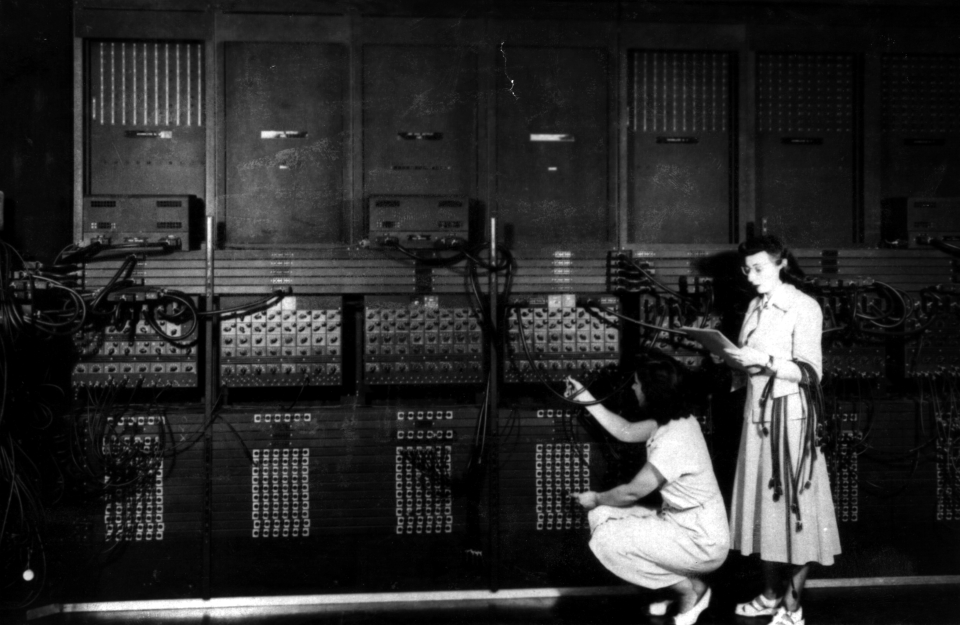On 14 February 1946, scientists from the University of Pennsylvania announced that there would be a conference the next day at which they would demonstrate the world's first programmable, electronic, general-purpose digital computer, ENIAC. The name was the acronym “Electronic Numerical Integrator And Computer” and from then on 14 February was known as an unofficial holiday – World's First Computer Day or ENIAC Day.
The development was kept secret for several years, as it was intended for the US Army Ballistic Research Laboratory (it was used to calculate the trajectory of artillery shells). The ENIAC had been supposed to be employed against Germany during the Second World War but work on it had only been completed by the autumn of 1945 – a few months after the end of the war.
On 15 February 1946, the computer was shown at the University of Pennsylvania conference. The public was stunned by the capabilities of the ENIAC - in particular its ability to perform calculations a thousand times faster than a person or an electro-mechanical device.
The ENIAC became a machine for a wide range of applications but retained its military functions. For example, the Americans would use this computer to calculate the firing tables for thermonuclear shells, make weather forecasts in the USSR, and predict the direction of nuclear fallout.
The creation of the ENIAC heralded an electronic revolution. But the device itself was imperfect: the minimum operating time without a malfunction from a burnt-out lamp was only 20 hours. In total, the ENIAC operated 80,223 hours between 1948 and 1955. The machine was constantly upgraded, but in 1955, because of the high cost of the operation, it was “written off” and retired to the West Point Museum of the US Military Academy. In the meantime, more reliable computers had started appearing in Britain in 1948 and the United States in 1949.
























